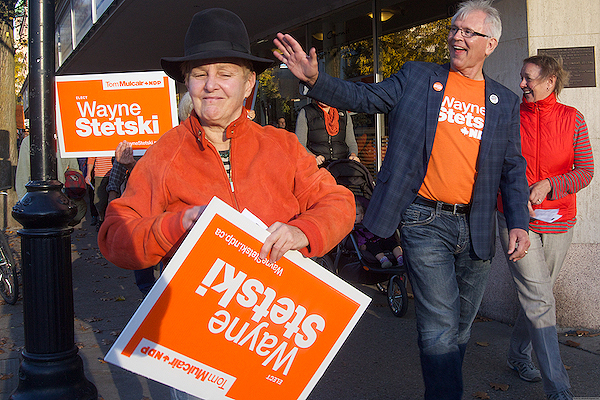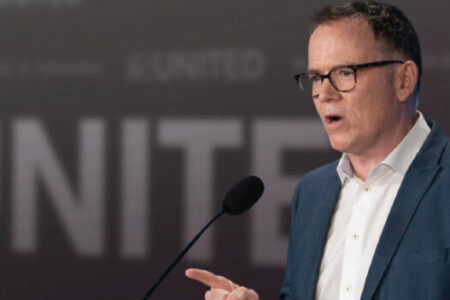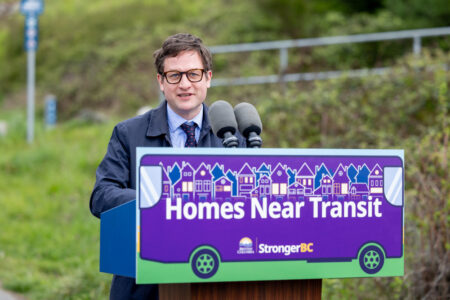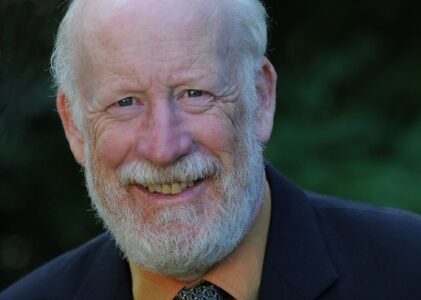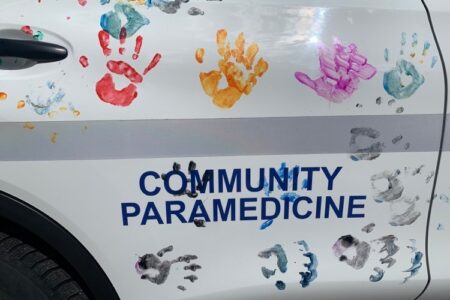Election turns Tory tide to true Grit: Liberals sweep nation but spare Kootenay Columbia
Before Kootenay-Columbia voters finished marking the last ‘X’ on their ballots a Liberal Party government was confirmed in the 2015 federal election Monday night.
And as polls closed at 8 p.m. Pacific in Nelson, the only questions remaining were how the West Kootenay’s new riding would swing, and would the Liberals form a majority government.
The bulk of the nation’s voters had spoken and they preferred a change in government, opting for Liberal red (184 seats) over Conservative blue (99 seats), forming a majority at the expense of New Democrat orange.
Although the Kootenay-Columbia riding turned orange, the NDP overall under performed in the election despite leading the polls in the early stages of the 87-day race, gaining only 44 seats in the end.
The Bloc Qubecois gained 10 seats while the Green Party elected one.
In the newly created Kootenay-Columbia riding — which includes Nelson, Revelstoke and Cranbrook — part of the former NDP stronghold was fractured and held a Conservative as incumbent in David Wilks.
However, Wilks was unable to defeat his NDP counterpart candidate in Wayne Stetski to claim his second straight term as Member of Parliament.
The race was literally down to the wire. With 20 polls to go, the CBC declared Wilks the victor despite Stetski leading by several votes. With eight polls left to come in Wilks officially pulled back ahead by 158 votes.
“I thought it was a miscalculation,” Wilks said of the CBC’s declaration. “I said it would go down to the last poll and it did.”
With some advanced and early polls left to come, Stetski surged ahead at the wire and pulled off the win, with 23,529 votes to Wilks’ 23,244 — a difference of 285 votes.
“It’s taken a little while to sink in . . . especially with the polls were going back and forth all night but I’m very happy with the outcome,” Stetski told The Nelson Daily early Tuesday morning.
Stetski said the reason for the success was the army of NDP volunteers in Kootenay-Columbia.
“It was the hard work of the hundreds of volunteers from around the riding,” the former Cranbrook Mayor said when asked what put the NDP over the top in Kootenay-Columbia.
“No matter where I went in this riding during the campaign, there was always such a hard working group of dedicated volunteers waiting whether it was in Nelson or Cranbrook, to make it happen.”
Wilks said there were two factors that turned the tide against the Conservatives in the Kootenay Columbia riding.
“One was the re-distribution of the riding — with Nelson, Salmo and Creston — that changed the demographic of the area,” he said.
“The other was the strong push by Leadnow to get people to vote for anything but the Conservatives.”
Leadnow is an independent advocacy organization that runs campaigns on the major issues of the time, engages people in participatory decision-making, and organizes in communities across Canada.
Wilks said this election would be his last and that he would not run again, and he wished his political opponent well.
“I hope now that Mr. Stetski can go out and produce some excellent things for the riding,” he said.
However, even with the final spread so close, it is more than 73 votes so there will not be an official recount.
Anyone losing or winning by less than one/one thousandth of the total vote (73 votes in this case) calls for an official recount. A judicial recount often follows.
Of the 85,653 eligible voters, 63,203 people cast a vote for a turnout of 73.79 per cent in the Kootenay Columbia riding.
Next door in the former western reaches of the riding in the South Okanagan-West Kootenay (which includes Castlegar, the Slocan Valley and Trail), the predecessor to former NDP MP Alex Atamanenko, Richard Cannings, earned almost 5,000 more votes in winning the NDP a seat in the riding.
He defeated the Conservatives Marshall Neufeld by a count of 22,144 to 17,406. Of the 90,694 eligible voters, 73.57 per cent of them turned out.
So it remains that Justin Trudeau will be Canada’s next Prime Minister after leading the Liberals to a majority win, sinking Stephen Harper’s bid for his fourth consecutive mandate.
The election marks the second time Canada will be led by a man named Trudeau, with Justin following in the footsteps of his father Pierre Elliott Trudeau. On the other side of the coin, the Tories are relegated to Official Opposition status, bumping Tom Mulcair’s NDP to the bronze medal.
The Liberals’ showing illustrated a remarkable turnaround. The party suffered a major loss in 2011 and held only 36 seats when Parliament was dissolved. The turnaround wasn’t enough in the Kootenay-Columbia riding, however. Liberal candidate Don Johnston of Nelson gained only 12,315 votes, good enough for third.
Green Party candidate Bill Green earned 4,115 votes to round out the four-person race.
The Conservatives had previously held 159 seats in the 308-seat House of Commons and the NDP had 95, with another 18 seats either vacant, held by Independents or shared between the Green Party (two seats) and the Bloc Québécois.
The Liberal move to form a majority was a swift one in 2015. The Grits swept all 32 seats in Atlantic Canada by the time polls closed in Ontario, Quebec and the Prairies.
In the realm of popular vote, the Liberals walked away with that as well, garnering 39.5 per cent of the vote across the nation. The Conservatives held on for a 31.9 per cent share, while the NDP gathered in 19.7 per cent.
The Bloc had 4.7 per cent, the Green Party 3.4 percent while independents (.2 per cent) and “others” at .6 per cent rounded out the total vote.
Because of population growth, 30 new seats were added this election, including 15 in Ontario, six each for Alberta and British Columbia and three more for Quebec.
One of those new ridings was Kootenay-Columbia — one of the largest in the country and possibly the longest to get counted.
“It’s always special here in Kootenay-Columbia,” said Stetski of the long night.
“We’re unique in many ways and I think Elections Canada wanted to make it a unique evening.”


